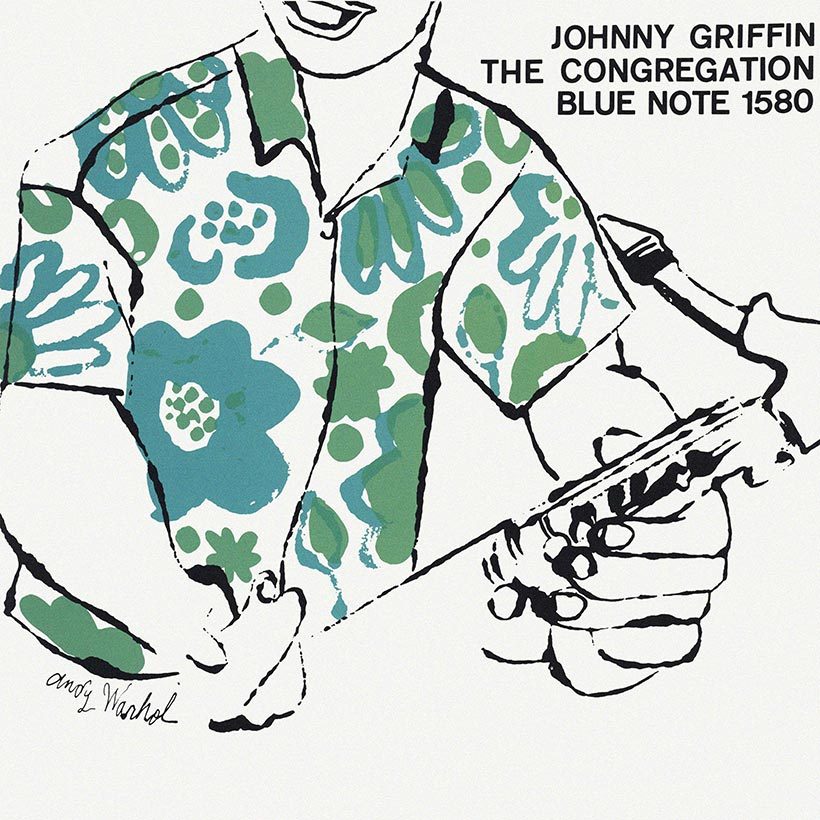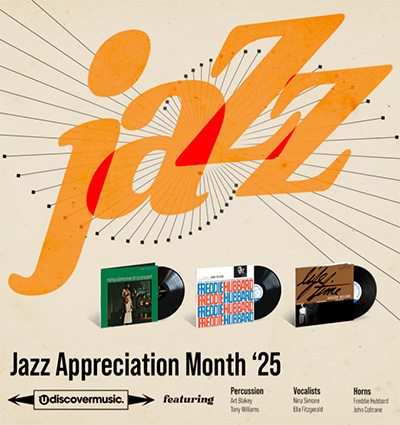‘The Congregation’: How Johnny Griffin Preached A Hard Bop Sermon
A searing hard bop manifesto, Johnny Griffin’s ‘The Congregation’ album is a high-water mark in both the saxophonist’s and the label’s history.

On October 23, 1957, a 29-year-old Chicago tenor saxophonist walked into Van Gelder studio in Hackensack, New Jersey, to record his third album The Congregation, for Blue Note, the influential New York jazz label run by producer Alfred Lion. Johnny Griffin had just spent seven months working with Art Blakey’s Jazz Messengers but was now focusing on forging a successful solo career.
At five foot five inches tall, Griffin was deemed short in stature, but musically, he was an absolute colossus. For a small man, he had a commanding sound. That’s why he was nicknamed “Little Giant.” Griffin was the man who put the “hard” into “hard bop” and was the saxophone-playing equivalent of a gun-slinger: a fast-draw specialist whose rapid fingering technique was awe-inspiring and whose sound was energetic, virile and full-bodied. But while he could blow out molten melodic lines at 100 miles an hour, he also possessed a supreme sensitivity and was masterful on slow ballads.
Listen to The Congregation on Apple Music and Spotify.
Arguably the best of Griffin’s three Blue Note albums, The Congregation – which followed in the wake of Introducing Johnny Griffin and A Blowin’ Session, the latter of which saw Griffin battle in a titanic saxophone duel with John Coltrane and Hank Mobley – was a quartet session that found the diminutive Chicagoan accompanied by pianist Sonny Clark, Detroit-raised bassist Paul Chambers (who had also appeared on A Blowin’ Session) and Philadelphia drummer Kenny Dennis.
Gospel-influenced soul jazz
The opening title track is a Griffin original that’s a gospel-influenced slice of soul jazz whose title signifies, perhaps, that it should be considered a companion piece to Horace Silver’s popular Blue Note single “The Preacher.” After Griffin’s robust solo, Clark’s piano seems delicate by comparison. Chambers, who also recorded albums as a leader at Blue Note during the same period, shines on a walking bass solo before Griffin and Co. reprise the jaunty main theme.
Penned by fellow Chicagoan and alto saxophonist John Jenkins, “Latin Quarter” finds Griffin revisiting a tune that he had recorded a week earlier as a sideman for bassist Wilbur Ware (on the Riverside album The Chicago Sound). Alternating between a sultry Latin groove and swinging jazz rhythms, the piece features some stupendous blowing from Griffin, who also treats us to a sublime saxophone cadenza near the end.
The midtempo swinger “I’m Glad There Is You” is Griffin’s take on a much-covered jazz standard that was co-written in 1941 by big band jazz man Jimmy Dorsey, and was a hit for Frank Sinatra six years later. As well as displaying a formidable mastery of saxophone technique, Griffin’s emotionally nuanced performance shows that he is no stranger to emotional sensitivity.
Melodic invention
Griffin wrote “Main Spring,” a loping, nocturnal blues propelled by a sublime groove from Chambers and Dennis. The saxophonist’s sense of melodic invention shows no sign of drying up as he turns the tune inside out with a long, lithe solo that recalls the bar-walking blues tenors of the early 50s. By contrast, Sonny Clark’s piano playing is lean and economical. “Main Spring” is also distinguished by a long arco bass solo from Paul Chambers.
The tempo quickens for the springy “It’s You Or No One,” a Jules Styne-Sammy Cahn tune that was originally sung by Doris Day on the soundtrack to the 1948 Hollywood movie Romance On The High Seas. Griffin takes the tune at breakneck speed compared with the jaunty original, blowing a storm of notes and coming over like a Windy City hurricane.
Another movie song, a nostalgic ode called “I Remember You,” was co-written by Johnny Mercer and sung by Dorothy Lamour in the 1942 flick The Fleet’s In (20 years later, it was a big UK hit for Australian crooner Frank Ifield). Griffin transforms the song into a driving hard bop exposition complete with a drum solo by Kenny Dennis, who was making his recording debut on the session.
One of the most technically-gifted hard bop saxophonists
When it was released in March 1958 as BLP 1580, The Congregation was housed in a distinctive cover designed by Blue Note’s design guru, Reid Miles, featuring an illustration drawn by a then-unknown artist called Andy Warhol. The music confirmed that Griffin was one of the most technically gifted saxophonists in the hard bop idiom.
Sadly, Griffin didn’t make another album for Blue Note, but went on to record for a raft of other labels, including Riverside and Prestige, before moving to Europe in 1963 where he lived and worked until the end of his life. The Congregation, though, showed the “Little Giant” playing a big part in the rise of hard bop and represents a high-water mark in both Griffin’s and Blue Note’s history.
Listen to the best of Blue note on Apple Music and Spotify.












